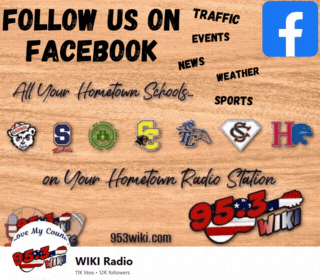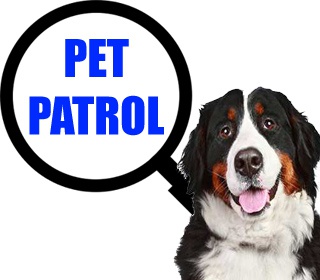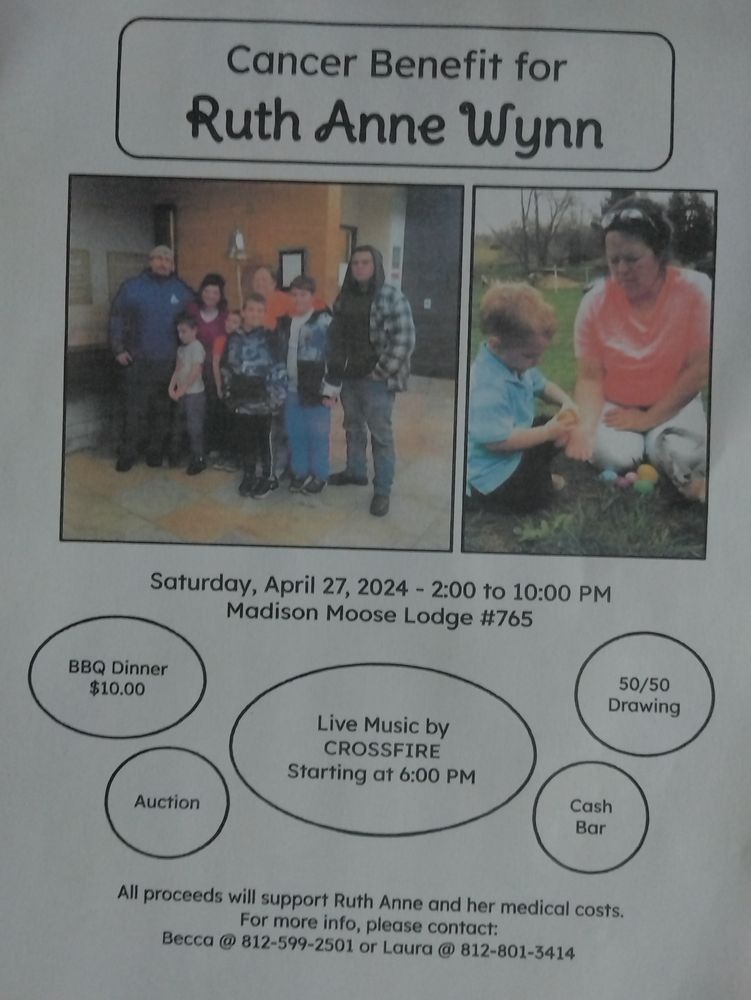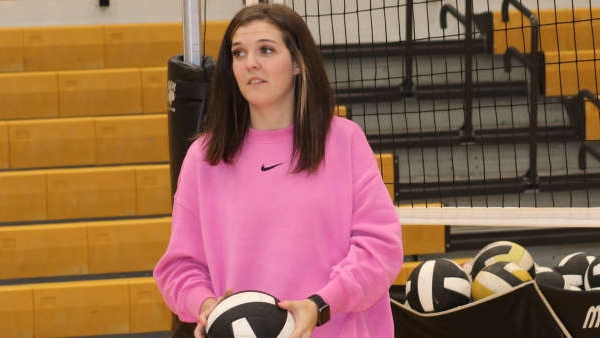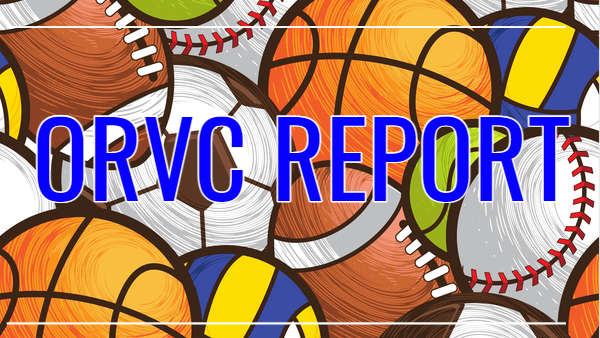Cabinet For Health and Family Services Announced School Requirements
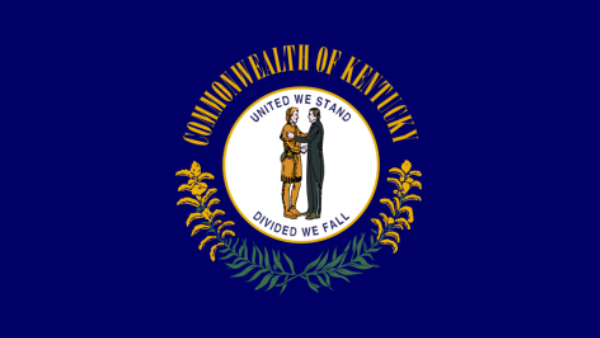 (File Photo)
(File Photo)
Schools are an essential part of community infrastructure and the return to in-person instruction for K-12 students is a priority. The purpose of this document is to provide information on prevention strategies that help protect students, teachers, and staff and slow the spread of COVID-19 in K-12 schools based on updated CDC guidelines (7/9/2021). This guidance emphasizes the implementation of layered prevention strategies to protect individuals who are not fully vaccinated and is intended to help school administrators and local health officials select appropriate, layered prevention strategies in their communities. Prevention strategies SARS-CoV-2 transmission in K-12 schools is largely influenced by disease incidence in the community and evidence from the 2020-2021 school year suggests K-12 schools can safely open for in-person instruction when layered prevention strategies are implemented. Decisions around the implementation of layered prevention strategies in the school community should be made collaboratively by local public health officials and school administrators. Factors that should be considered include: • Level of community transmission of COVID-19 and occurrence of outbreaks in the school or community. • COVID-19 vaccination coverage in the community and among students, teachers, and staff. • Frequency and use of a SARS-CoV-2 testing screening program for students, teachers, and staff who are not fully vaccinated. • Ages of children served by the schools and associated social and behavioral factors that may affect the risk of transmission and feasibility of different prevention strategies. Full implementation of all layers of protection is recommended when sustained incidence of COVID-19 in a community is high. If any of the prevention strategies are removed for a school based on local conditions, they should be removed one at a time and increases in COVID-19 cases should be closely monitored. Schools should communicate their strategies and changes in plans to the school community. The recommended layered prevention strategies include: 1. Vaccination • Promote and offer vaccination to help increase the proportion of students (12 years of age or older), teachers, staff, and family members who are vaccinated by: o Encouraging teachers, staff, and family members to get vaccinated. o Providing on-site vaccination or hosting vaccination clinics at schools. o Working with local partners to offer vaccination to eligible students and family members during pre-sport/extracurricular activity summer physicals. o Providing information to families about vaccine safety and availability in the community. 2. Masks • Recommend masks for unvaccinated persons while indoors in all classroom and non-classroom settings, unless otherwise exempted (e.g., cannot wear a mask due to disability). In settings where most individuals are unvaccinated (e.g., classrooms with children 3 feet away from an infected student if both students were engaged in consistent and correct use of masks and other K-12 prevention strategies were in place. This exception does not apply to teachers, staff, or other adults in the indoor classroom setting. • Unvaccinated students, teachers, or staff who are identified as close contacts should be instructed to self-quarantine regardless of whether the exposure occurred within or outside of the school setting. Quarantine may be discontinued when the local public health department determines the individual is safe to be around others or: o After day 7 if the individual is symptom-free and receives a negative COVID-19 test 5 days or later after the last date of exposure to the case. o After day 10 without testing if the individual is symptom-free. If a screening testing program is implemented, schools, in partnership with the local health department, could consider a “test to stay” strategy allowing unvaccinated individuals who are exposed to COVID-19 at school to remain in school during the quarantine period with repeated negative COVID-19 tests. • Fully-vaccinated* persons do not need to quarantine following an exposure to a person diagnosed with COVID-19 if he/she is not experiencing symptoms. *>14 days have passed since receipt of the Janssen (J&J) vaccine or the second dose of Pfizer or Moderna vaccine. 9. Cleaning and disinfection • Improve facility cleaning to the greatest extent possible. In general, cleaning once a day is enough to sufficiently remove potential virus that may be on surfaces. Consider cleaning high-touch, shared surfaces more frequently. Additional recommendations • Nonessential visitors, volunteers, and activities with people who are not fully vaccinated should be limited, particularly when there is moderate-to-high COVID-19 transmission in the community. • Layered prevention strategies for school-sponsored sports and extracurricular activities should be implemented and continued from the 2020-21 school year based on guidance from the KHSAA. Fully vaccinated persons do not need to wear a mask or physically distance. Students who are not fully vaccinated and participate in indoor sports or other indoor higher-risk activities are recommended to continue wearing masks and keeping physical distance as much as possible. Schools should consider using screening testing for student athletes and adult participants who are not fully vaccinated. • Levels of community transmission may be used as a factor for determining the implementation of layered prevention strategies. Community transmission is defined as total new cases per 100,000 persons in the past 7 days (low, 0-9; moderate 10-49; substantial, 50-99, high, ≥100) and percentage of positive tests in the past 7 days (low, <5%; moderate, 5-7.9%; substantial, 8-9.9%; high, ≥10%

 Bartholomew County Man Arrested for Child Molesting
Bartholomew County Man Arrested for Child Molesting
 Indiana State Police Investigating Death of Inmate
Indiana State Police Investigating Death of Inmate
 Kentucky State Police Investigating Fatal Fire in Carroll County
Kentucky State Police Investigating Fatal Fire in Carroll County
